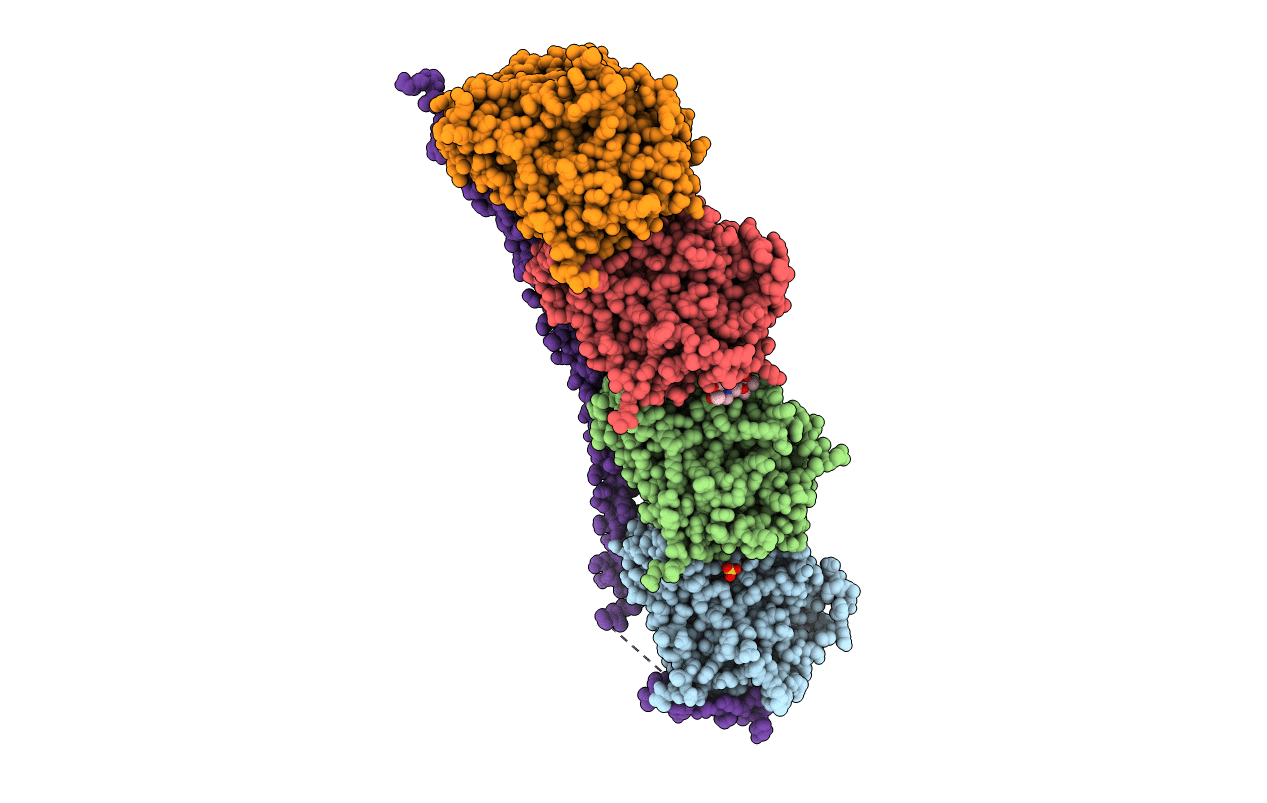
Deposition Date
2012-03-23
Release Date
2012-08-01
Last Version Date
2024-02-28
Entry Detail
PDB ID:
4EB6
Keywords:
Title:
Tubulin-Vinblastine: Stathmin-like complex
Biological Source:
Source Organism:
Rattus norvegicus (Taxon ID: 10116)
Ovis aries (Taxon ID: 9940)
Ovis aries (Taxon ID: 9940)
Host Organism:
Method Details:
Experimental Method:
Resolution:
3.47 Å
R-Value Free:
0.25
R-Value Work:
0.21
R-Value Observed:
0.21
Space Group:
P 21 21 21


